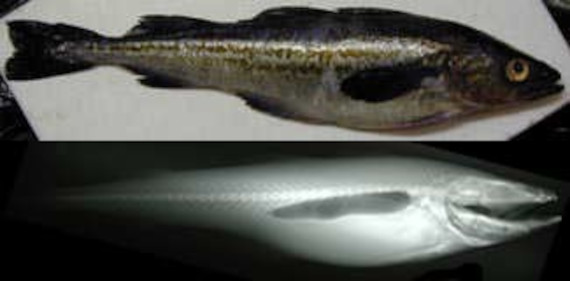Fisheries Acoustics
Fisheries acoustics uses sound to detect, size, count, and map distributions of fish and macrozooplankton. Accurate conversion of acoustic data to estimates of animal size or population abundance requires an understanding of the animal’s scattering properties. Animals in the water are complicated scatterers of sound due to their shape, composition, curvature, and behavior.
Introduction
To study animal scattering properties we use anatomically-based, numeric models to quantify the relative importance of biological and physical factors that influence the amount of sound backscattered from aquatic organisms. This is important when estimating abundance or classifying targets because interpretation of data is influenced by the amplitude and variability of backscattered (i.e. reflected) sound. Experience has shown that there is no single metric such as the amplitude of a returned echo that is unique to a species or size of fish. The challenge is to identify unique characteristics that enable the classification of one group from another. Typical approaches include using amplitudes or differences among frequency-dependent amplitudes to categorize echoes.

Fish come in all shapes and sizes. The amount of sound that a fish reflects largely depends on whether it has a swimbladder, its size, its orientation to the sound source, and what frequency you are using to view the fish. On the left is a picture of a walleye pollock (Theragra chalcogramma) and a radiograph or x-ray of the same fish.
The dark colored organ in the radiograph is the swimbladder. Most of the returned sound from a fish is reflected by the swimbladder.
To quantify variance in backscatter amplitudes we compare model predictions of individual or aggregations of fish to measurements from tethered fish or research survey data. Our variables of interest include species, organism length, organism aspect, organism roll, and acoustic wavelength.